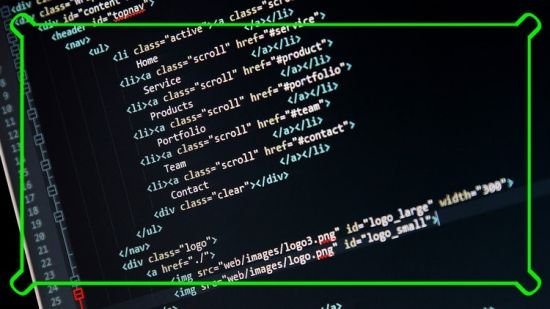
Created by Evergreen Technologies | Last updated 12/2019
Duration: 2 hours | Video: h264, 1280×720 | Audio: AAC, 44 KHz, 2 Ch | 978 MB
Genre: eLearning | Language: English + Sub | 14 lectures
What you’ll learn
Fundamentals of applying convolution to images to create effects like emboss, blur, sharpening, outline using opencv and python
Requirements
Python basics
Description
Course
Learn to process images by learning fundamentals of image convolutions using opencv and popular programming language Python.
Build a strong foundation in Image Processing with this tutorial for beginners.
Understanding of how images are processed as array of RGB pixel intensities
Learn basics of convolutions using kernels
Leverage OpenCV and Python to perform convolution to create effects like emboss, outline, blur, sharpen and Sobel
User Jupyter Notebook for programming
Use step by step instructions along with plenty of examples
A Powerful Skill at Your Fingertips Learning the fundamentals of image convolutions puts a powerful and very useful tool at your fingertips. Python, opencv and Jupyter are free, easy to learn, has excellent documentation.
Image convolution is ubiquitous in everyday applications such as object detection, X-ray enhancements, license plate detections, autonomous car driving, restoration of antique photos. Its also pre-requisite for computer vision applications using machine learning.
Jobs in image convolutions area are plentiful, and being able to learn opencv and python will give you a strong edge.
Image convolutions tasks are becoming very popular. Amazon, Walmart, Google eCommerce websites are few famous example of image convolutions in action. Convolutional neural network (CNN) uses these techniques to find type of images. Deep neural network inside CNN learns these patterns by trying out various kernels to match image with target image.
Image convolutions tasks are vital in information retrieval and computer vision applications .
Big companies like Google, Facebook, Microsoft, AirBnB and Linked In already using image convolutions in information retrieval and social platforms. They claimed that using image convolutions has boosted productivity of entire company significantly.
\n
Content and Overview
This course teaches you on how to convolve images using opencv, python and Jupyter framework. You will work along with me step by step to build following answers
Introduction to image convolution
Learn how to apply kernel to image using convolution
Build an jupyter notebook step by step using opencv and python and learn effects like emboss, outline, blur, sharpen and Sobel.
\n
What am I going to get from this course?
Learn fundamentals of image convolution and build image convolution tasks from professional trainer from your own desk.
Over 10 lectures teaching you how to perform image convolution using opencv and python
Suitable for beginner programmers and ideal for users who learn faster when shown.
Visual training method, offering users increased retention and accelerated learning.
Breaks even the most complex applications down into simplistic steps.
Offers challenges to students to enable reinforcement of concepts. Also solutions are described to validate the challenges.
Who this course is for:
Beginner python developers who are curious about image processing
Password/解压密码-0daydown
Download rapidgator
https://rg.to/file/9b6df1d55581ceba45ea76e934fc1fae/FundamentalsofImageconvolutions.part1.rar.html
https://rg.to/file/b1c6eb7563fac72afb82b18b169646ef/FundamentalsofImageconvolutions.part2.rar.html
Download nitroflare
https://nitroflare.com/view/9DCC527CFCF0CFA/FundamentalsofImageconvolutions.part1.rar
https://nitroflare.com/view/1C6B4AB73FD7A62/FundamentalsofImageconvolutions.part2.rar
Download 百度云
你是VIP 1个月(1 month)赞助会员,